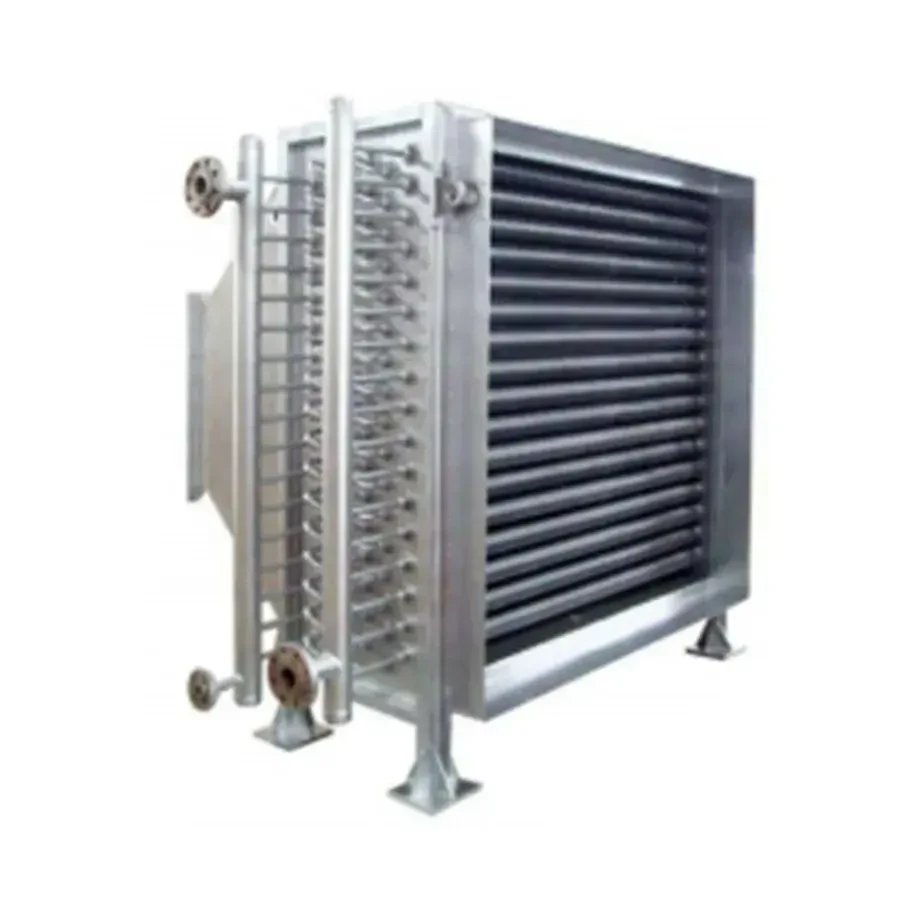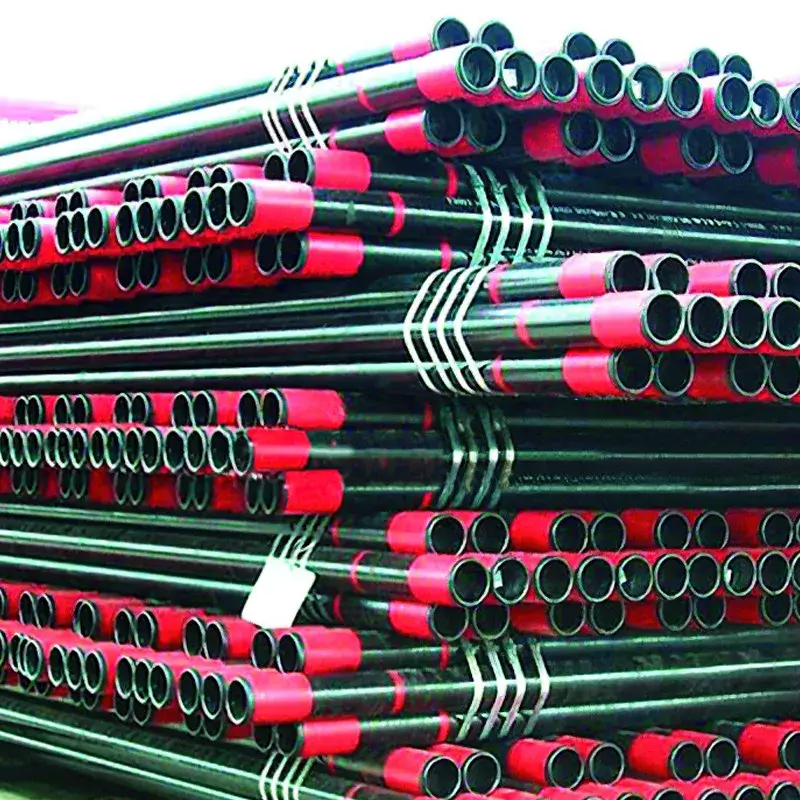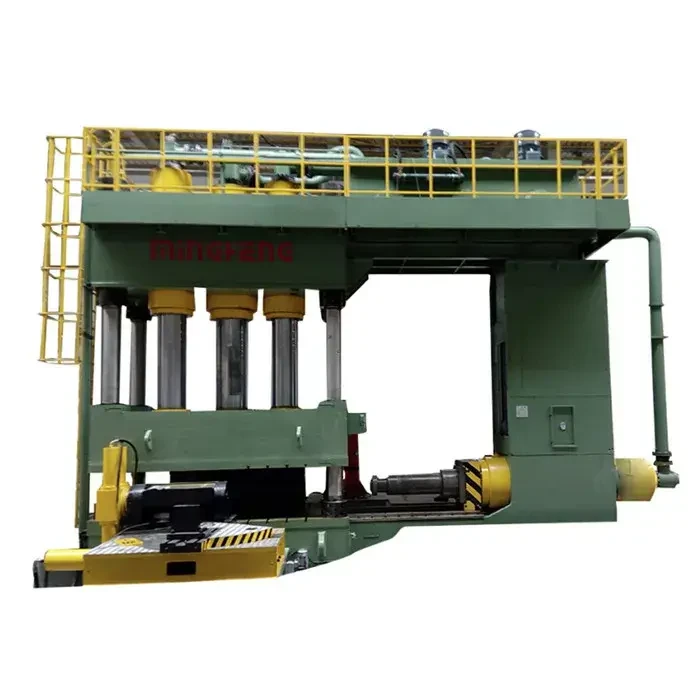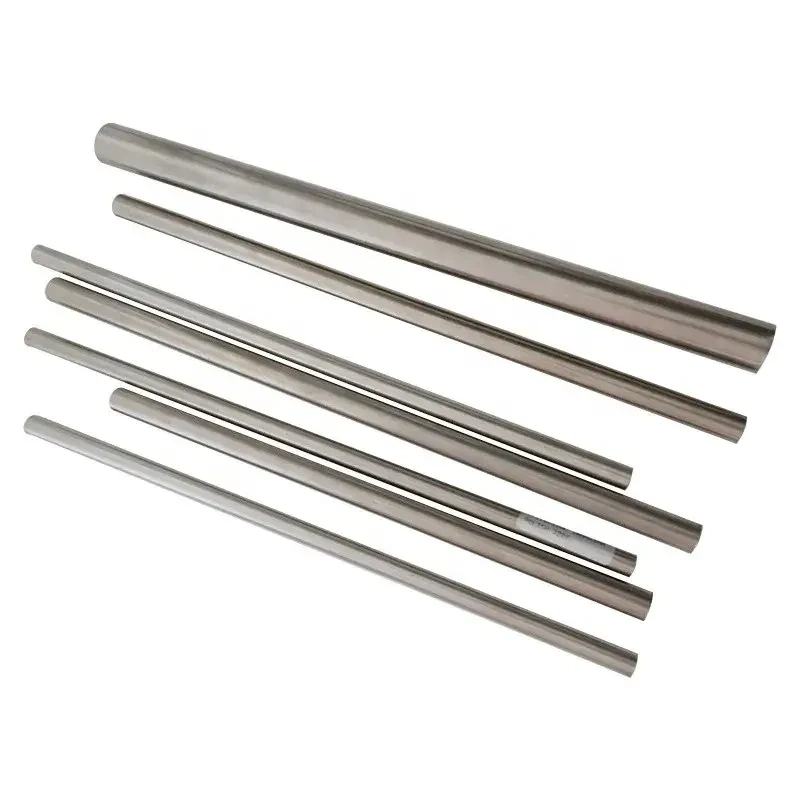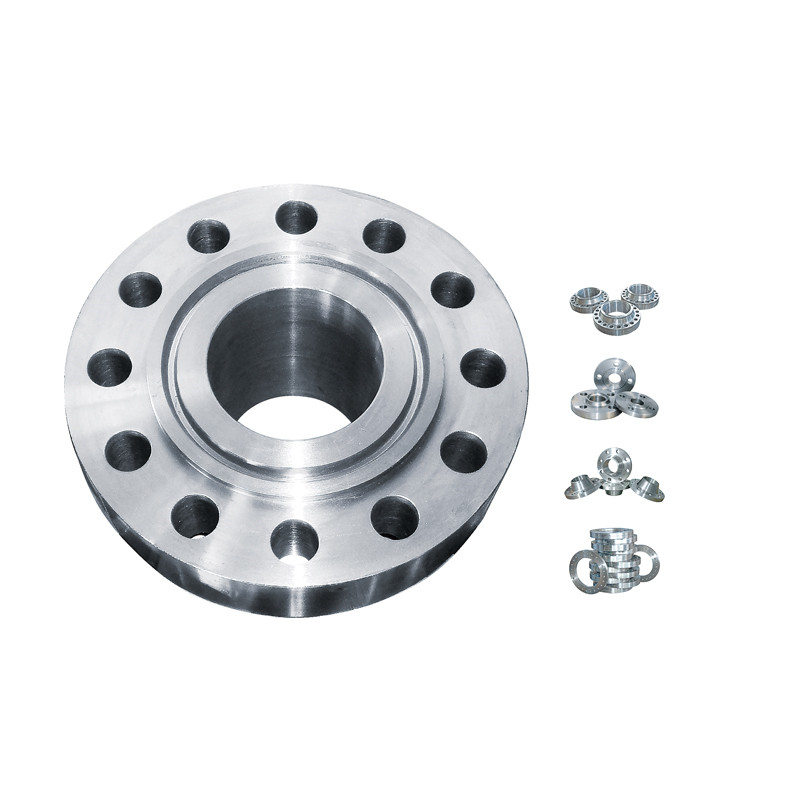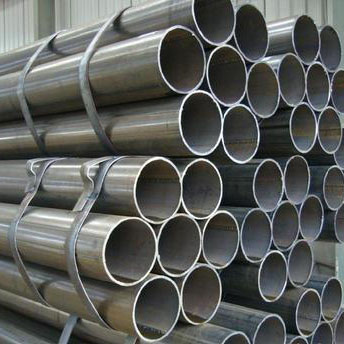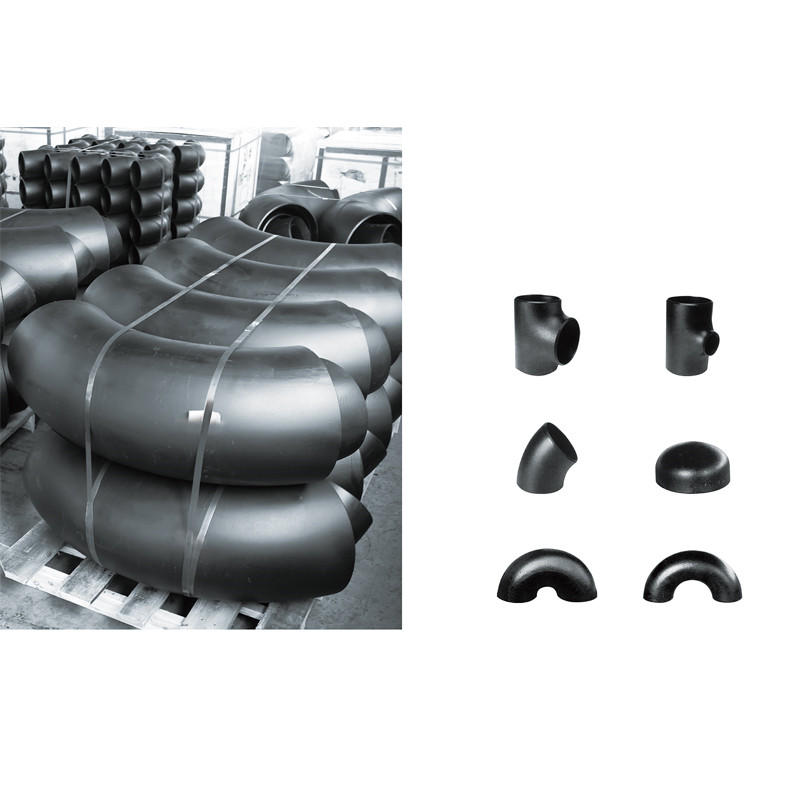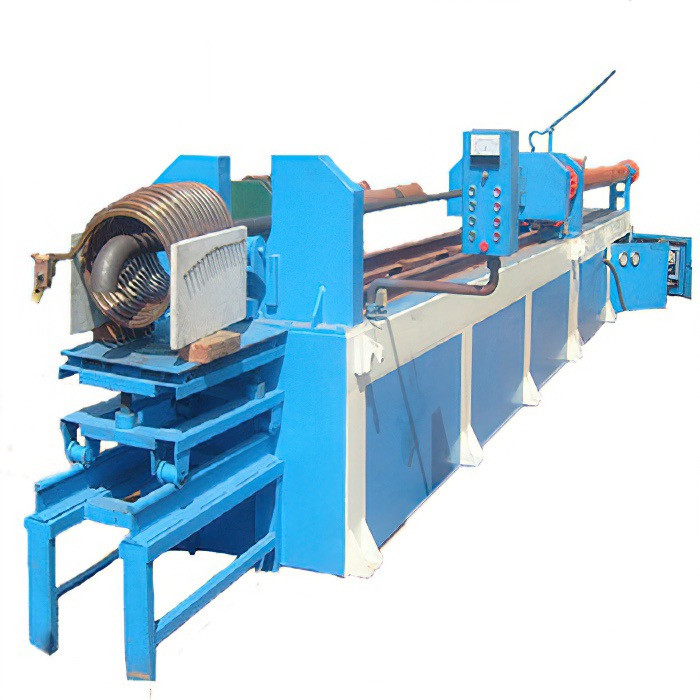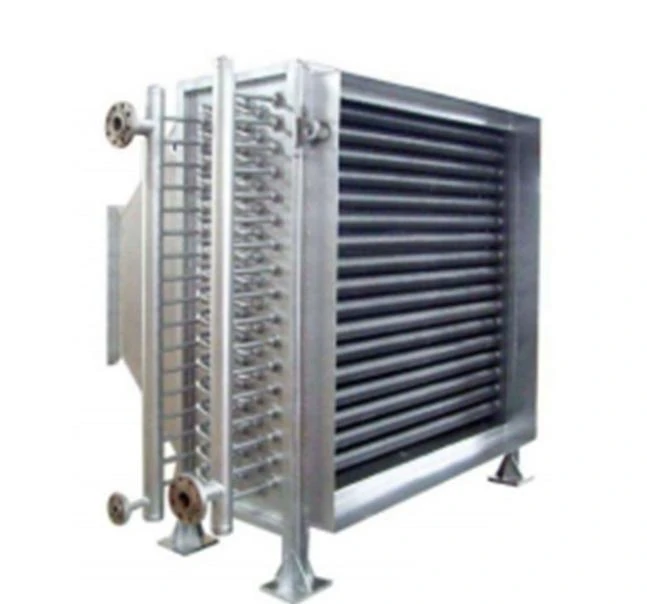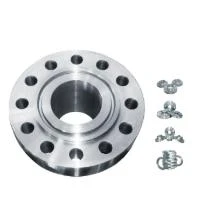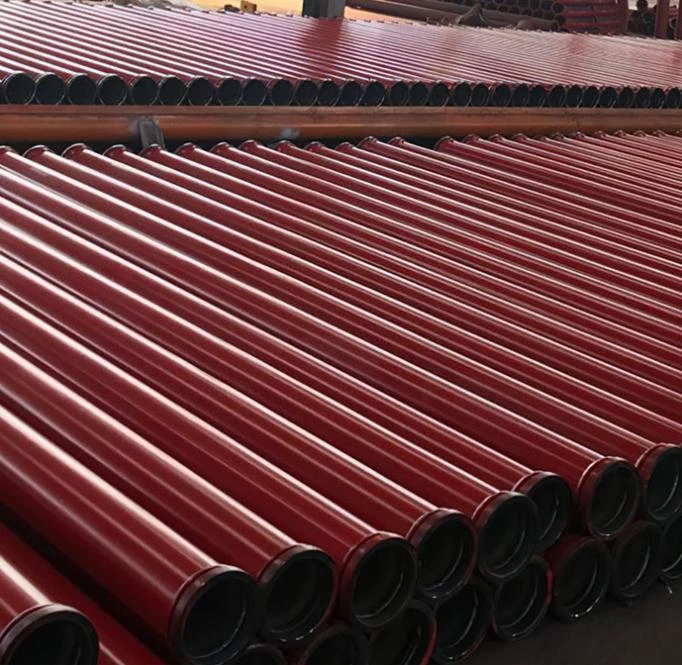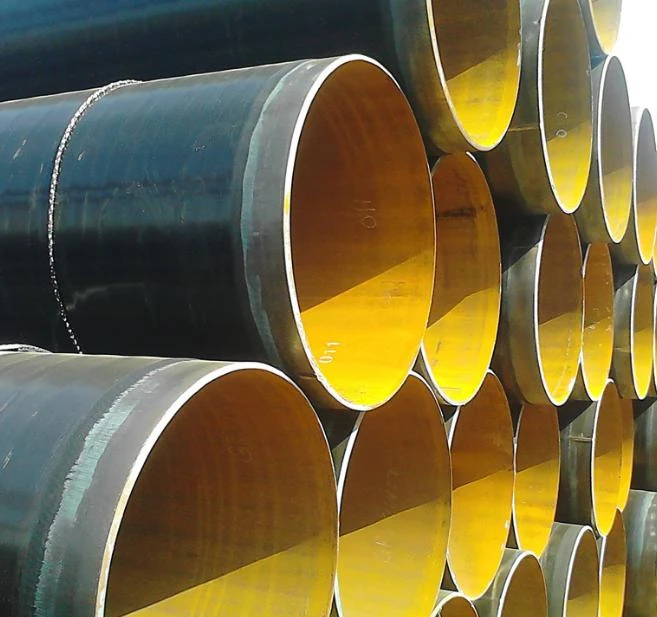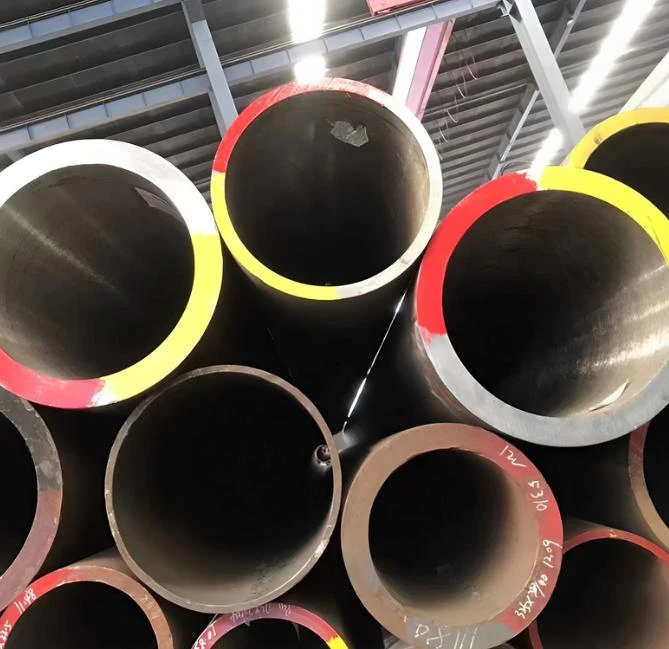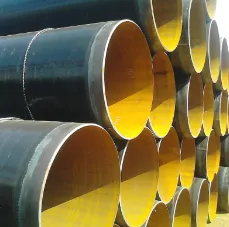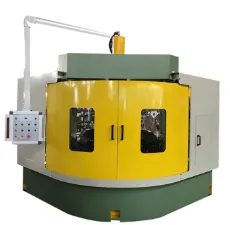- Introduction to b444 uns n06625
and Related Alloys - Technical Specifications and Advantages
- Manufacturer Comparison: Performance and Value Analysis
- Customization Options and Engineering Solutions
- Use Cases Across Industries: Real-world Applications
- Quality Control, Certification, and Long-term Reliability
- Conclusion: Why b444 uns n06625 Remains the Alloy of Choice

(b444 uns n06625)
Introduction: Understanding b444 uns n06625 and Its Role in Modern Engineering
The demand for high-performance alloys in the industrial sector has surged in recent decades due to increasing requirements for strength, durability, and corrosion resistance. Among the standout materials is b444 uns n06625, a nickel-based superalloy celebrated for its remarkable adaptability. Closely related to astm b444 uns n06625 and its variant astm b444 uns n06625 gr 1, these alloys play pivotal roles in projects where mechanical integrity and prolonged service life are critical. Industrial growth, particularly in power generation, aerospace, and chemical processing, further necessitates advanced materials capable of withstanding aggressive environments, making these superalloys indispensable. As the groundwork for subsequent analysis, this introduction will highlight the essential composition and primary reasons for their increasing market demand.
Technical Specifications and Competitive Advantages
Alloys such as b444 uns n06625 achieve their performance through precise chemical and mechanical properties.
The composition typically features a high nickel (58.0% minimum) and chromium (20.0–23.0%), with essential additions of molybdenum (8.0–10.0%), niobium, and trace elements.
This meticulous formulation affords the alloy outstanding resistance to a wide range of severe corrosive media, including pitting, crevice corrosion, and intergranular attack.
Mechanically, the alloy exhibits high tensile and yield strengths at elevated temperatures (tensile strength ≥ 827 MPa, yield strength ≥ 414 MPa), along with sustained creep resistance.
Compared to similar products, astm b444 uns n06625 offers excellent fabricability and weldability without requiring post-weld heat treatment, providing a significant advantage in large-scale projects.
In the context of heat exchangers and pressure vessels, long-term thermal stability and fatigue resistance are central to safety and efficiency.
Datasheets and standardized test reports consistently underscore these technical advantages as drivers behind its widespread specification in engineering design.
Manufacturer Comparison: Performance and Value Analysis
The global market for b444 uns n06625 tubing and related products is led by a handful of reputable manufacturers, each bringing unique value propositions to the table.
To enable objective decision-making, the following comparative analysis highlights key performance metrics and practical considerations among major suppliers.
| Supplier | Standards Complied | Typical Tensile Strength (MPa) | Corrosion Resistance Grade | Delivery Lead Time (weeks) | Global Certifications | Custom Engineering |
|---|---|---|---|---|---|---|
| Supplier A (USA) | ASTM B444, ASME SB444, ISO 9001 | 870 | Exceptional | 6–8 | API, NORSOK, ABS | Available |
| Supplier B (Europe) | ASTM B444, PED 2014/68/EU | 832 | Excellent | 8–10 | Lloyd’s Register, TÜV | Available |
| Supplier C (Asia) | ASTM B444, GB/T 24511 | 825 | High | 4–7 | CCS, SGS | Limited |
The above data highlights how suppliers differ not only in certification scope but also in customizable options, delivery timelines, and long-term performance guarantees. Industries should assess these parameters in alignment with project-specific technical specifications and regulatory demands.
Customization Options and Engineering Solutions
Engineering projects increasingly require tailored solutions rather than off-the-shelf products. For b444 uns n06625 and related alloys, manufacturers offer extensive customization based on size, wall thickness, and form—whether seamless pipes, welded tubes, or bespoke fittings.
Custom engineering services frequently include metallurgical advisory, prototype sampling, and batch traceability for mission-critical installations.
Many suppliers facilitate the adaptation of astm b444 uns n06625 gr 1 to meet exacting requirements of high-pressure, high-temperature operations, and aggressive chemical exposure.
Project managers can additionally specify non-standard geometries for components incorporated into unique processing units or reactors.
Exploring value-added services—such as laser marking, surface passivation, and integrated testing for NDT (non-destructive testing)—empowers clients to achieve efficiencies in both assembly processes and life-cycle management.
These customized offerings are instrumental in maximizing performance and ensuring regulatory compliance across geographies.
Use Cases Across Industries: Real-world Applications
The versatility of b444 uns n06625 alloys underpins their adoption in a spectrum of industries. One of the largest sectors is offshore oil and gas, where the alloy’s superior resistance to chloride-induced stress corrosion cracking is valued for downhole tubulars and wellhead components.
In power generation, these alloys line steam generators, turbines, and heat exchangers subjected to fluctuating high pressures and temperatures—outperforming austenitic stainless steels under both fatigue and corrosion challenges.
Aerospace engineering makes extensive use of astm b444 uns n06625 gr 1 in turbojet engine exhaust systems and afterburner assemblies, where weight constraints combine with the need for oxidation resistance above 1000°C.
Chemical processing facilities rely on these alloys for transfer piping and reactor systems in highly acidic or alkaline media, reducing downtime caused by corrosion and premature failure.
From subsea manifolds to flue gas desulfurization plants, these use cases underscore the long-standing value and reliability of the alloy family.
Quality Control, Certification, and Long-term Reliability
The assurance of material integrity is vital in industries with no margin for error. Advanced quality control protocols—including ultrasonic testing, chemical spectrography, and grain size analysis—are integrated throughout the production process for b444 uns n06625 tubes and fittings.
Globally, adherence to standards such as ASTM B444, ASME SB444, and API 6A is non-negotiable. Certifications from third-party bodies like Lloyd's Register, TÜV, and DNV reflect not only compliance but also long-term mechanical reliability and corrosion performance in service.
Extended warranties and documented MTCs (Material Test Certificates) from leading manufacturers provide confidence for critical installations in nuclear, petrochemical, and offshore applications.
Field studies demonstrate that maintenance intervals for equipment utilizing high-integrity alloys are typically extended by 30–50% versus legacy materials, with significant cost savings and uptime improvements.
Conclusion: The Ongoing Relevance of b444 uns n06625 in Industrial Innovation
The evolution of material science continually raises performance expectations among engineers and plant operators.
As demonstrated, b444 uns n06625 and its close variants lead the field in corrosion resistance, mechanical endurance, and versatility across technologically demanding sectors.
Comparative analyses illuminate clear differentiators among suppliers, and the expanding catalog of customization options ensures alignment with the unique demands of contemporary engineering.
Deployment in critical scenarios—from aerospace propulsion to deepwater energy infrastructure—proves the lasting value and innovation potential of this alloy family.
Looking ahead, ongoing research and incremental adaptations promise to further solidify the role of b444 uns n06625 as a cornerstone of advanced manufacturing and resilient project design.
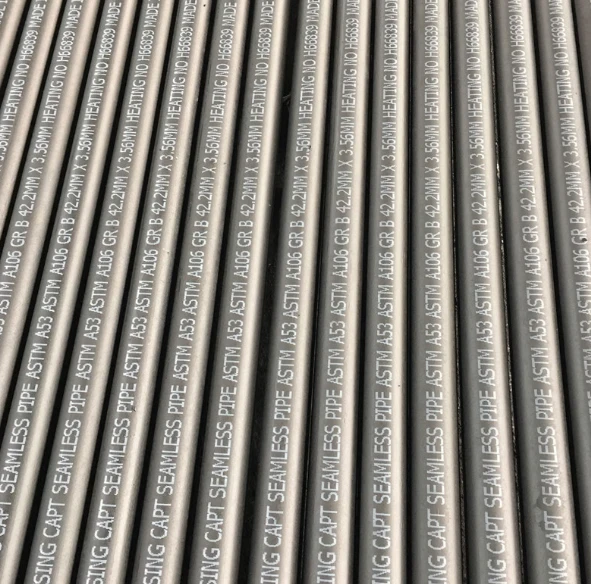
(b444 uns n06625)
FAQS on b444 uns n06625
Q: What is ASTM B444 UNS N06625?
A: ASTM B444 UNS N06625 refers to seamless pipes and tubes made from Inconel Alloy 625. It is known for excellent resistance to corrosion and high-strength properties. This alloy is commonly used in aerospace, marine, and chemical processing industries.
Q: What is the difference between ASTM B444 UNS N06625 Gr 1 and other grades?
A: ASTM B444 UNS N06625 Gr 1 is a specific grade of Inconel 625 with controlled composition and lower carbon content. It offers enhanced resistance to intergranular corrosion. Other grades may have different mechanical properties and corrosion resistance.
Q: What are the main applications of B444 UNS N06625 tubing?
A: B444 UNS N06625 tubing is widely used in aerospace, marine, nuclear, and chemical processing industries. Its superior corrosion resistance makes it ideal for harsh environments. It is often chosen for heat exchangers, condensers, and reactor cores.
Q: What are the mechanical properties of ASTM B444 UNS N06625 pipes?
A: ASTM B444 UNS N06625 pipes offer high tensile strength, good ductility, and excellent fatigue resistance. These properties ensure durability and reliability in demanding conditions. They also provide resistance to pitting and crevice corrosion.
Q: Can B444 UNS N06625 pipes be welded easily?
A: Yes, B444 UNS N06625 pipes have good weldability. Proper procedures and filler materials should be used to maintain corrosion resistance. Preheating or post-weld heat treatment is usually not required.
Post time: Jul . 08, 2025 04:13


